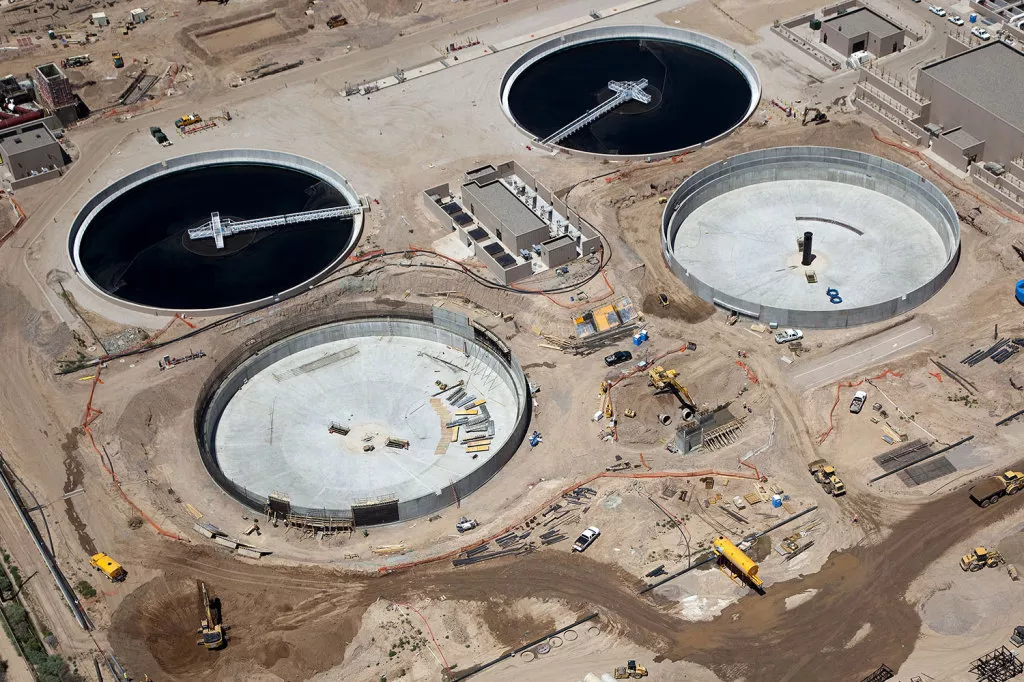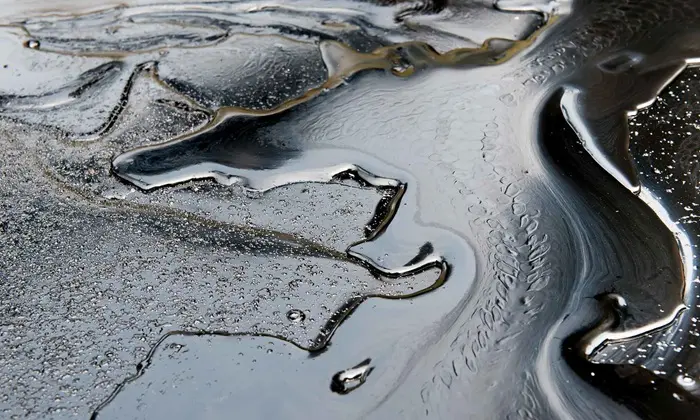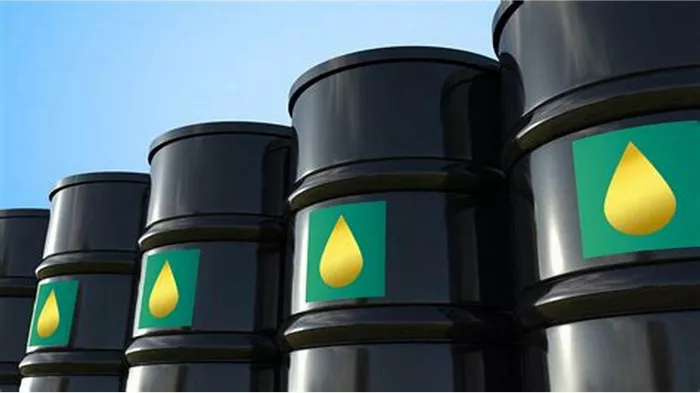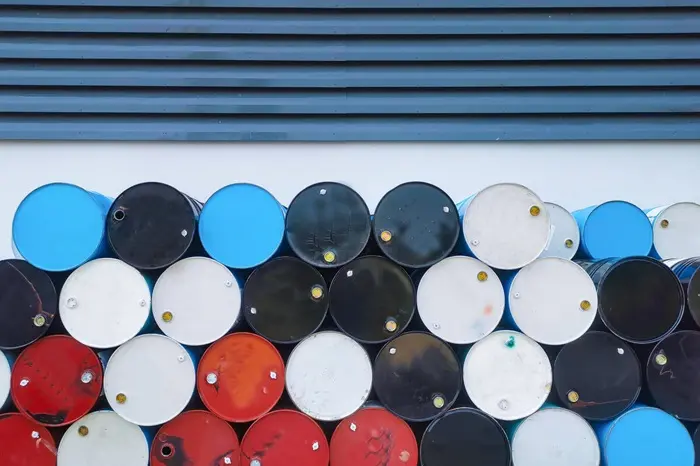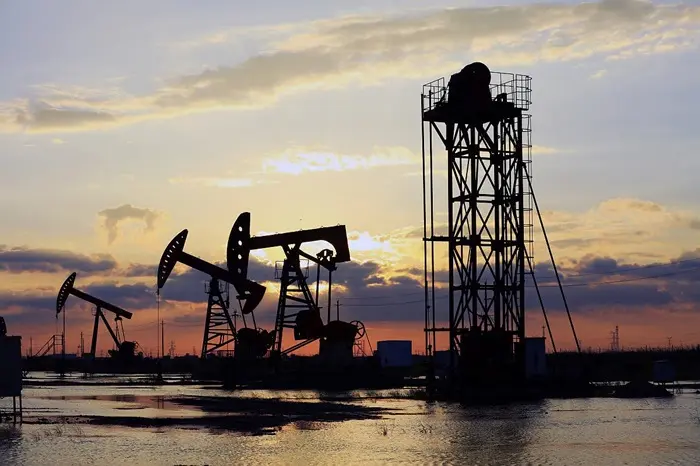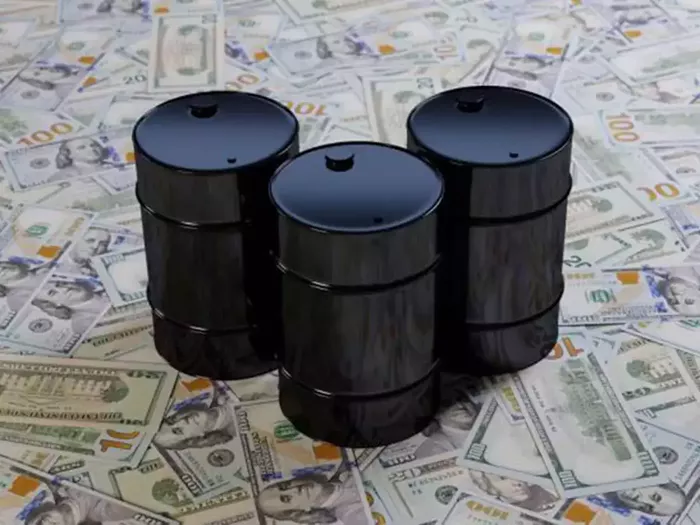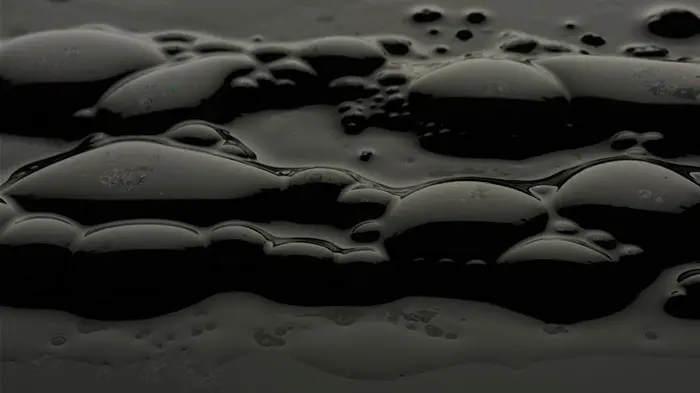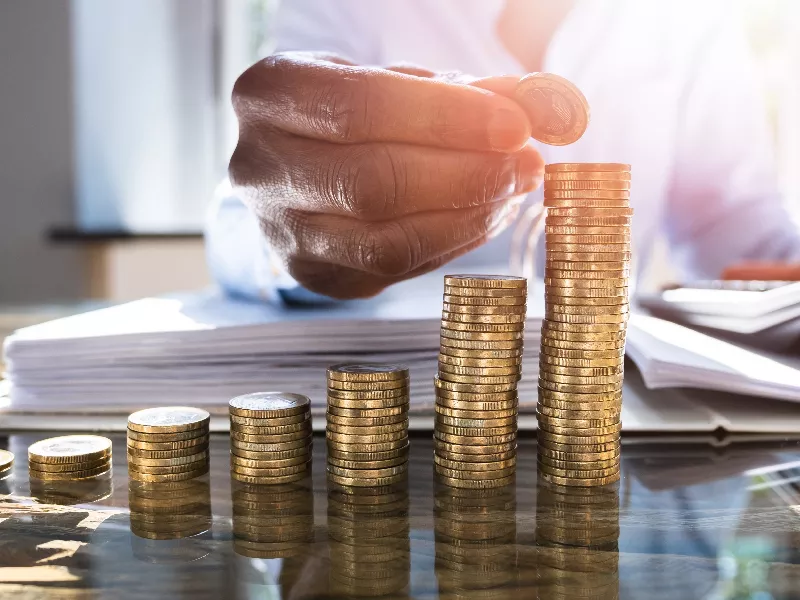Crude oil, often referred to as “black gold,” is a vital resource that has powered industries and economies for centuries. Understanding how crude oil was formed on Earth provides insights into its importance and the geological processes that have shaped our planet. This article delves into the origins of crude oil, examining the conditions and processes that led to its formation.
The Basics of Crude Oil Formation
Crude oil is a fossil fuel formed from the remains of ancient marine organisms. These organisms, primarily plankton and algae, lived millions of years ago in prehistoric seas. When they died, their remains settled on the seabed, mixing with sediments.
Organic Material Accumulation
The first step in the formation of crude oil is the accumulation of organic material. This process occurred over millions of years, during which countless generations of marine organisms died and decomposed. The organic material was rich in carbon and hydrogen, the fundamental building blocks of hydrocarbons.
Sediment Burial and Preservation
The organic material, along with clay and silt, was buried by successive layers of sediment. This burial process was crucial for preserving the organic matter. If the remains had been exposed to oxygen, they would have decomposed completely, leaving no potential for oil formation. Instead, the anoxic (oxygen-deprived) conditions on the seabed prevented complete decomposition, allowing the organic material to accumulate.
Formation of Kerogen
As the layers of sediment built up, the pressure and temperature increased. Over time, the organic material transformed into a waxy substance known as kerogen. This transformation occurred at depths of approximately 2 to 4 kilometers below the Earth’s surface. Kerogen is a precursor to hydrocarbons and represents an intermediate stage in the formation of crude oil.
See Also: 6 Treatments That Crude Oil Needs To Undergo Before Use
The Role of Heat and Pressure
Heat and pressure play a pivotal role in converting kerogen into crude oil. The process of transformation is known as catagenesis.
Catagenesis: The Transformation Process
Catagenesis is the phase during which kerogen undergoes chemical changes to form hydrocarbons. This process occurs over millions of years and involves several key steps:
Diagenesis: The initial stage where organic material is buried and transformed into kerogen at relatively low temperatures and pressures.
Catagenesis: The main stage of hydrocarbon formation, occurring at higher temperatures (50-150°C) and pressures. During this stage, kerogen breaks down into smaller molecules, forming liquid and gaseous hydrocarbons.
Metagenesis: The final stage, where any remaining kerogen is transformed into natural gas at even higher temperatures.
Thermal Maturity
Thermal maturity is a critical factor in determining the type of hydrocarbons formed. At lower temperatures, kerogen primarily produces oil. As temperatures increase, the process shifts towards generating natural gas. The specific temperature range for oil formation, often referred to as the “oil window,” is typically between 60°C and 120°C.
Migration and Accumulation
Once formed, hydrocarbons migrate from their source rocks to reservoir rocks. This movement is essential for the accumulation of economically viable crude oil deposits.
Primary Migration
During primary migration, hydrocarbons move from the source rock, where they were formed, into adjacent permeable rocks. This movement is driven by the pressure difference between the source rock and the surrounding rock formations.
Secondary Migration
Secondary migration involves the movement of hydrocarbons through permeable rock layers until they become trapped in reservoirs. This process can cover distances of several kilometers and is influenced by the porosity and permeability of the rocks, as well as the presence of structural traps.
Formation of Oil Reservoirs
Oil reservoirs are formed when migrating hydrocarbons accumulate in porous rock formations, typically sandstone or limestone. These reservoirs are capped by impermeable rocks, such as shale, which prevent the hydrocarbons from escaping to the surface. The structural features that trap hydrocarbons include anticlines, fault traps, and salt domes.
Geological Time Scale
The formation of crude oil is a process that spans millions of years. Understanding the geological time scale helps contextualize the duration and complexity of oil formation.
Precambrian Era
The Precambrian era, which spans from the formation of Earth around 4.6 billion years ago to approximately 541 million years ago, saw the initial accumulation of organic material. However, significant oil formation did not occur until later geological periods.
Paleozoic Era
During the Paleozoic era (541-252 million years ago), extensive marine environments provided ideal conditions for the accumulation of organic material. This era includes the Devonian period, often referred to as the “Age of Fishes,” which saw the proliferation of marine life and significant organic deposits.
Mesozoic Era
The Mesozoic era (252-66 million years ago) is known for the age of dinosaurs and the breakup of the supercontinent Pangaea. This era also saw the formation of significant oil reserves, particularly during the Jurassic and Cretaceous periods, due to extensive shallow seas and high productivity of marine organisms.
Cenozoic Era
The Cenozoic era (66 million years ago to present) continues to see the formation of oil, albeit at a slower rate compared to previous eras. This era includes the development of modern oil reservoirs and the advent of human exploration and exploitation of oil resources.
Geological and Environmental Factors
Several geological and environmental factors influence the formation and distribution of crude oil.
Tectonic Activity
Tectonic activity plays a crucial role in the formation of oil reservoirs. The movement of Earth’s tectonic plates creates structural traps, such as anticlines and fault traps, which are essential for the accumulation of hydrocarbons. Additionally, tectonic activity can lead to the formation of sedimentary basins, where organic material accumulates and transforms into oil.
Sedimentary Basins
Sedimentary basins are depressions in the Earth’s crust where sediments accumulate over time. These basins provide the ideal conditions for the preservation and burial of organic material. Major oil-producing regions, such as the Arabian Basin and the Gulf of Mexico, are characterized by extensive sedimentary basins.
Climate and Sea Level Changes
Climate and sea level changes have influenced the distribution of organic material and the formation of oil reserves. Periods of high sea levels, known as transgressions, led to the expansion of shallow seas and increased organic productivity. Conversely, periods of low sea levels, or regressions, exposed continental shelves and reduced the accumulation of organic material.
Modern Exploration and Extraction
Understanding the formation of crude oil is essential for modern exploration and extraction techniques. Advances in technology have allowed geologists to locate and exploit oil reserves more efficiently.
Seismic Surveys
Seismic surveys are a primary tool used in oil exploration. These surveys involve sending shock waves into the Earth and measuring the reflected waves to create detailed images of subsurface rock formations. Seismic data helps identify potential oil reservoirs and guide drilling operations.
Drilling and Production
Drilling is the process of creating wells to access oil reserves. Modern drilling techniques, such as horizontal drilling and hydraulic fracturing, have significantly increased the efficiency of oil extraction. These techniques allow for the extraction of oil from previously inaccessible reserves, such as shale formations.
Enhanced Oil Recovery
Enhanced oil recovery (EOR) techniques are used to increase the amount of oil that can be extracted from a reservoir. EOR methods include injecting water, gas, or chemicals into the reservoir to improve oil flow and recovery rates. These techniques are essential for maximizing the lifespan of oil fields and ensuring efficient resource utilization.
Environmental Considerations
The extraction and use of crude oil have significant environmental impacts. Understanding these impacts is crucial for developing sustainable energy solutions.
Greenhouse Gas Emissions
The burning of fossil fuels, including crude oil, is a major source of greenhouse gas emissions. These emissions contribute to global warming and climate change. Reducing reliance on oil and transitioning to renewable energy sources are essential steps in mitigating these impacts.
Oil Spills and Pollution
Oil spills and pollution from extraction and transportation activities pose significant environmental risks. Spills can cause extensive damage to marine and coastal ecosystems, leading to long-term ecological and economic consequences. Implementing stringent safety measures and response strategies is vital for minimizing these risks.
Sustainable Practices
Adopting sustainable practices in the oil industry is essential for balancing energy needs with environmental protection. This includes improving energy efficiency, reducing emissions, and investing in cleaner technologies. Additionally, the development of alternative energy sources, such as wind, solar, and biofuels, is crucial for reducing dependence on fossil fuels.
Conclusion
The formation of crude oil is a complex process that spans millions of years and involves a combination of biological, chemical, and geological factors. From the accumulation of organic material to the role of heat and pressure in transforming kerogen into hydrocarbons, each step in the process contributes to the creation of this valuable resource. Modern exploration and extraction techniques have allowed us to harness crude oil for various applications, but it is essential to consider the environmental impacts and work towards sustainable energy solutions. Understanding the origins of crude oil not only highlights its significance but also underscores the importance of responsible resource management for future generations.
Related topics:

